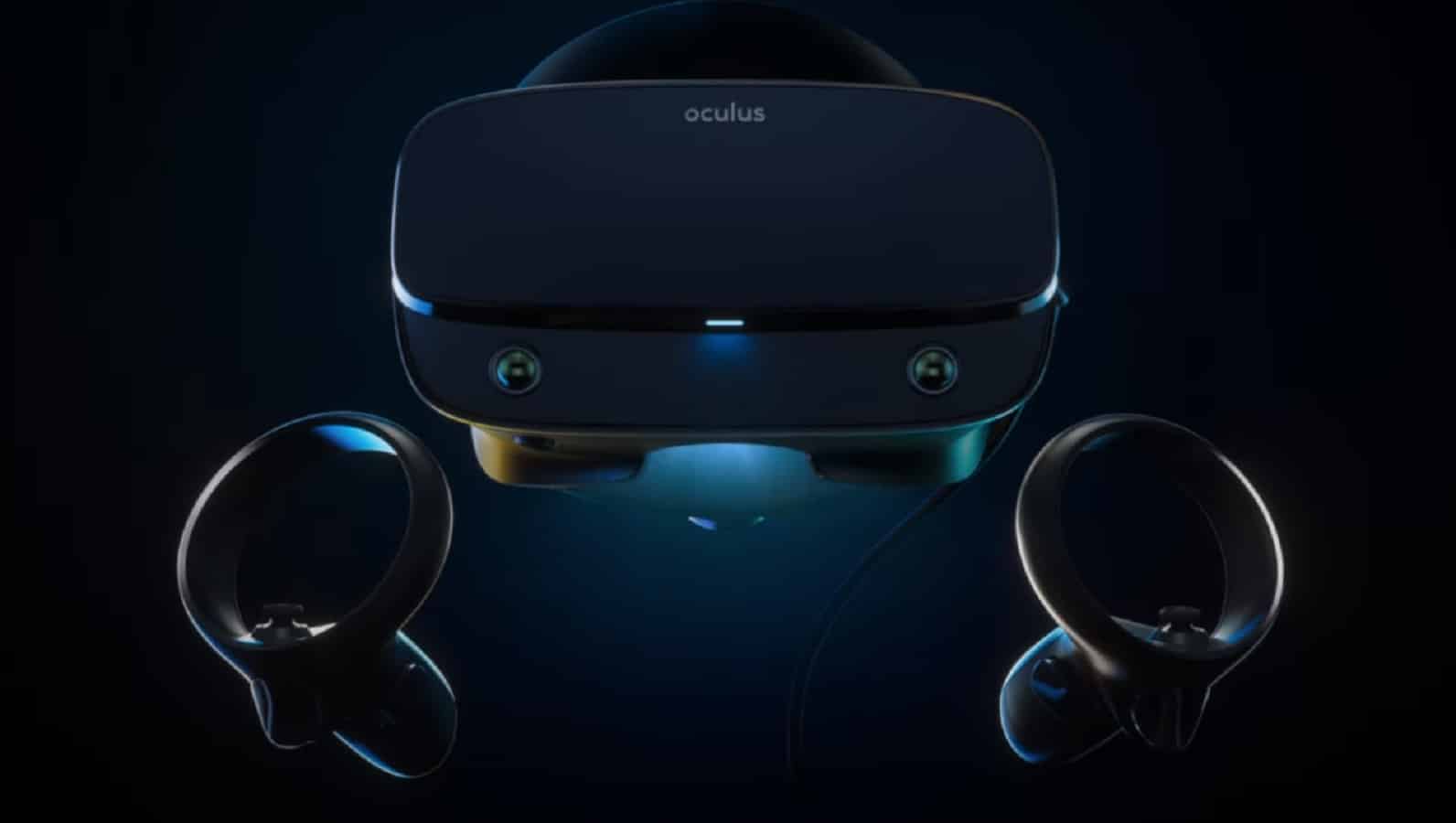VR/AR/MR is still in its relative infancy. While significant strides have been made in terms of technological improvements and availability of content, it is still seen as a niche.
I’ve only tried two VR/AR/MR headsets, namely Microsoft Hololens 1 and Google Cardboard (doesn’t really count, I don’t think but works well enough for a small introduction to VR, if you can’t afford a full-scale headset.)
But enough about me, here are my thoughts on the VR/AR/MR scene.
Latest Devices on the Market (not exhaustive)
HTC Vive Pro
Steam Index
Oculus Rift S
Oculus Quest
Sony Playstation VR
Microsoft Hololens 2
Samsung Odyssey+
HP Reverb Pro
Pimax 5K Plus
Preferred Devices
For VR: Oculus Rift S

This is a subjective opinion, but I personally prefer the Oculus Rift S. I haven’t actually tried any VR headset, so my opinion might be invalid, and is based on research and watching others use the headsets on YouTube. I feel that to have an informed opinion, you got to try them out yourself in person. The Oculus Rift S is affordable, which is big if you want to mass market it to consumers and bring it out of the niche it’s currently in. It is a well-rounded headset, in terms of having better lenses, better controllers and better tracking for the price point. It also doesn’t rely on base stations, which dramatically increases portability.
Having cutting edge features is not going to help the scene if no one’s buying headsets, and so I believe lower cost headsets with features that are just good enough for immersion is the gateway for VR to become more popular. So while other headsets might feature higher FoV/framerates or better displays, it’s wise to be price conscious because VR is a fast moving field and the devices of today might be obsolete really quick because of rapid innovations in VR tech, and so that is why I elected to go with the Oculus Rift S.
For AR/MR: Microsoft Hololens 2

I consider Hololens 2 to be the world’s most pre-eminent MR headset. The problem with AR/MR today, similar to VR — is the ubiquity and accessibility of devices to the masses. Make no mistake, the Hololens 2 is not a consumer-grade device, but targeted towards developers instead, priced accordingly.
Since I’ve only personally ever used the Hololens 1, I cannot accurately say how the experience of Hololens 2 would be. One of my issues with Hololens 1 was it’s fairly limited field of view, which is addressed by Hololens 2 with its larger field of view.
The headset is accurate in tracking the real world. The virtual objects placed in the environment seems like they’re really there, and there’s no drifts or deviations in placement. I remember playing a game (a tech demo really) and they had robot drones flying all around the mapped room, and clinging onto the walls, firing at you. I thought that was pretty cool. You can also do random things like putting up YouTube videos on a wall in your office, or open a browser.
MR has a ton of potential use cases, for consumers and enterprises alike and Microsoft is well-placed to be the driving force and catalyst to propel innovation and generate interest in the field with its Hololens 2 offerings.
Conclusion
It’s an exciting time for VR/MR/AR, and maybe 2020 will be the year it all breaks out and becomes the next big thing, and maybe we’ll see VR/MR/AR be common place just like the smartphone revolution, and to a smaller extent — the smartwatch revolution.
The future is nigh.
